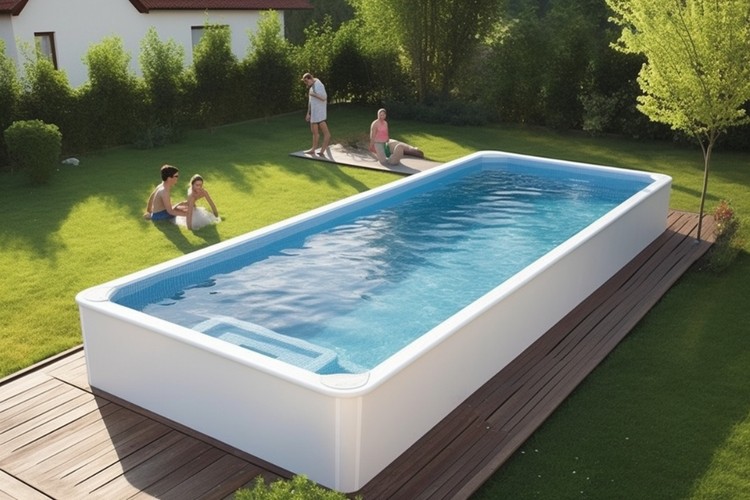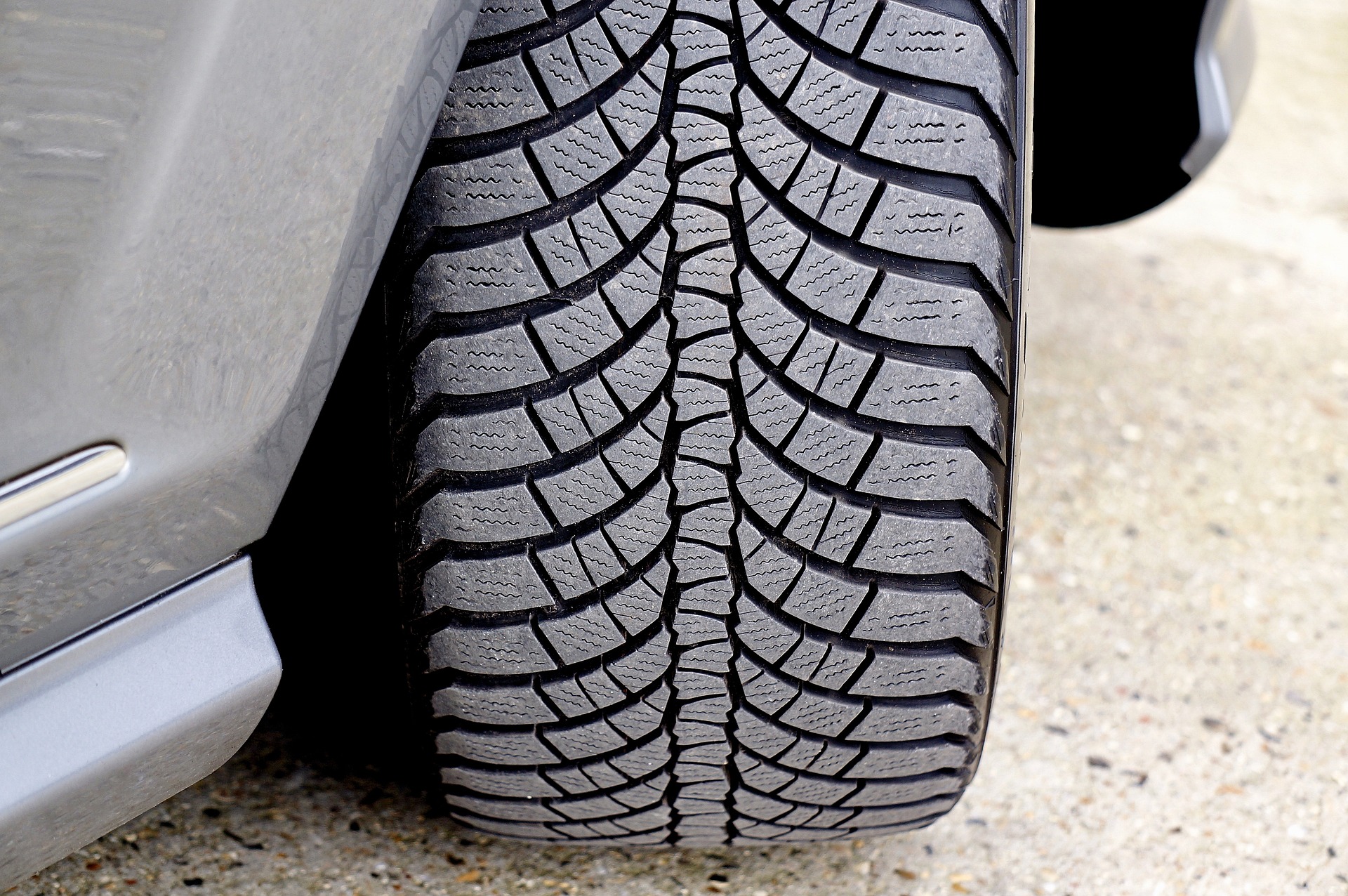Perfect Pools for Every Backyard – Your Perfect Pool Awaits
Creating your dream backyard oasis doesn't have to break the bank. With numerous pool options available today, homeowners can find the perfect swimming solution that fits both their space and budget. Whether you're looking for a simple above-ground setup or a more permanent installation, understanding your choices will help you make an informed decision that transforms your outdoor space into a personal retreat.

What Backyard Pools Suit Different Spaces?
The size and layout of your backyard significantly influence your pool options. For spacious properties, traditional in-ground pools offer maximum design flexibility. These can be customized in virtually any shape, from classic rectangles to free-form designs that complement natural landscaping. In-ground pools typically range from 10 x 20 feet to 20 x 40 feet, though custom dimensions are possible.
For medium-sized yards, semi-inground pools provide a happy medium. These pools are partially buried in the ground, creating a more integrated appearance than above-ground options while requiring less excavation than fully in-ground installations. They typically range from 12 to 24 feet in diameter or 12 x 24 feet for oval shapes.
Compact spaces benefit from above-ground pools, which start at just 8 feet in diameter, or plunge pools—small in-ground pools designed primarily for cooling off rather than swimming laps. Lap pools offer another space-efficient solution, with narrow designs (typically 8 to 10 feet wide) that can fit along property boundaries while still providing exercise benefits.
How Do Pool Prices Vary Across Different Options?
Pool costs vary dramatically based on type, materials, size, and features. In-ground pools represent the highest investment, with concrete (gunite) pools typically ranging from $35,000 to $100,000 or more. These offer unmatched durability and customization but require significant installation time and regular maintenance.
Fiberglass in-ground pools fall in the middle range, typically costing $20,000 to $60,000. These factory-molded shells are quicker to install than concrete and feature a smooth, algae-resistant surface that requires less maintenance and fewer chemicals.
Vinyl-liner in-ground pools offer a more budget-friendly in-ground option at approximately $20,000 to $50,000. However, the vinyl liner requires replacement every 7-10 years, adding to long-term costs.
Above-ground pools represent the most economical option, ranging from $1,500 for basic models to $15,000 for more elaborate installations with decking. Semi-inground pools typically cost between $10,000 and $25,000, depending on size and features.
Prices, rates, or cost estimates mentioned in this article are based on the latest available information but may change over time. Independent research is advised before making financial decisions.
Which Pool Options Work Best for Your Needs?
The ideal pool depends largely on how you plan to use it. For families with children, safety features become paramount—consider options with gradual entry points, clearly marked depth changes, and robust safety covers. Recreational pools often benefit from wider, more open designs that accommodate games and multiple swimmers.
Fitness enthusiasts might prefer lap pools with sufficient length for exercise or pools equipped with swim jets that create resistance for stationary swimming. Some specialty fitness pools incorporate underwater treadmills or resistance equipment.
Those seeking a relaxation-focused experience might prioritize features like built-in seating, hydrotherapy jets, attached spas, or heating systems for extended seasonal use. Natural pools, which use plants instead of chemicals for water purification, appeal to environmentally conscious homeowners, though they require specific design considerations and more space for the filtration ecosystem.
What Installation Factors Affect Pool Placement?
Proper pool placement requires consideration of several critical factors. Local building codes and zoning regulations typically mandate minimum setbacks from property lines, septic systems, wells, and overhead utility lines. Most jurisdictions require safety fencing of specific heights surrounding pool areas.
Soil conditions significantly impact installation. Clay-heavy soils may require additional engineering to prevent shifting, while rocky terrain increases excavation costs. The water table’s depth in your area affects drainage considerations and may necessitate specialized construction techniques.
Sun exposure and wind patterns influence both water temperature and debris accumulation. Ideally, pools receive 6-8 hours of direct sunlight daily to help maintain comfortable water temperatures and reduce heating costs. Consider proximity to trees, as falling leaves and debris can increase maintenance requirements.
Accessibility from the house enhances convenience and safety, particularly for families with children. Consider a location visible from main living areas, with direct access paths that minimize tracking water through the house.
How Can You Maximize Your Pool Investment?
Strategic planning helps maximize your pool’s value and enjoyment. Energy-efficient equipment like variable-speed pumps and LED lighting can reduce operational costs by 70-90% compared to standard equipment. Solar heating systems or pool covers further reduce energy expenses while extending the swimming season.
Automated maintenance systems streamline care routines. Salt chlorine generators convert ordinary salt into chlorine, providing gentler water treatment with less manual chemical management. Robotic cleaners reduce manual vacuuming requirements, while smart controllers allow remote monitoring and adjustment of pool functions.
Consider future-proofing your design with infrastructure for potential upgrades. Pre-installing conduit for lighting additions, plumbing for water features, or reinforced areas for potential spa integration saves significant costs later. Thoughtfully selected materials that complement your home’s architecture ensure your pool remains an appealing feature for years to come.
Proper winterization in seasonal climates protects your investment during off-months. Professional closing services typically cost $200-500 annually but prevent thousands in potential freeze damage to equipment and structures.
| Pool Type | Average Cost Range | Typical Lifespan | Annual Maintenance Cost | Best For |
|---|---|---|---|---|
| Concrete/Gunite In-ground | $35,000-$100,000+ | 50+ years | $3,000-$5,000 | Maximum customization, durability |
| Fiberglass In-ground | $20,000-$60,000 | 25+ years | $500-$1,500 | Low maintenance, quick installation |
| Vinyl-Liner In-ground | $20,000-$50,000 | 15-20 years (shell), 7-10 years (liner) | $1,000-$2,500 | Lower initial cost, smoother surface |
| Above-ground | $1,500-$15,000 | 10-15 years | $500-$1,000 | Budget-friendly, relocatable |
| Semi-inground | $10,000-$25,000 | 15-20 years | $700-$1,500 | Sloped yards, medium budgets |
Prices, rates, or cost estimates mentioned in this article are based on the latest available information but may change over time. Independent research is advised before making financial decisions.
A well-chosen pool provides years of enjoyment while enhancing your property’s appeal and value. By carefully evaluating your space constraints, budget parameters, and intended use, you can select a pool that perfectly complements your lifestyle and property. The investment extends beyond monetary considerations, creating a gathering space for memories and a personal retreat that enhances daily life.




